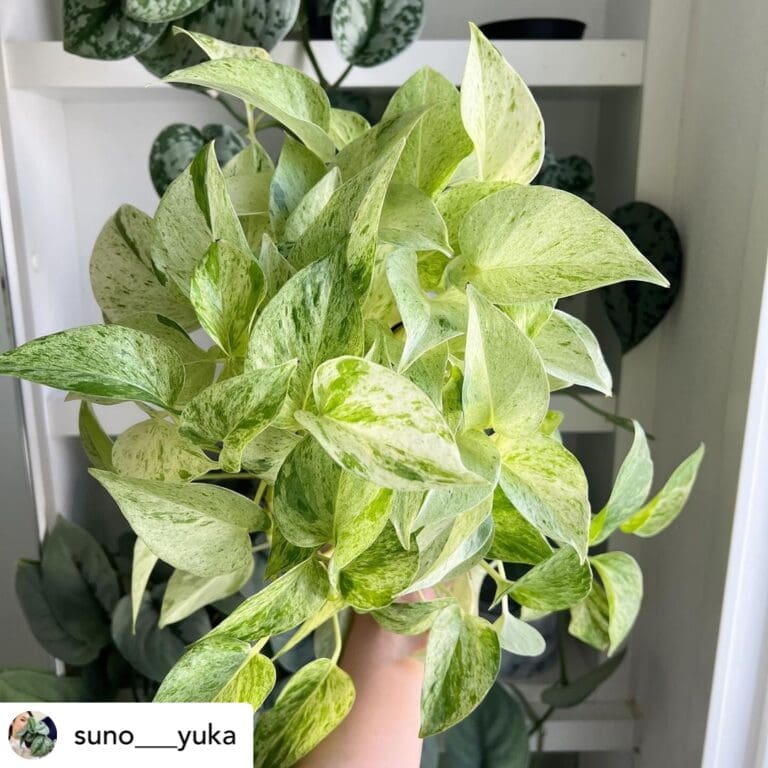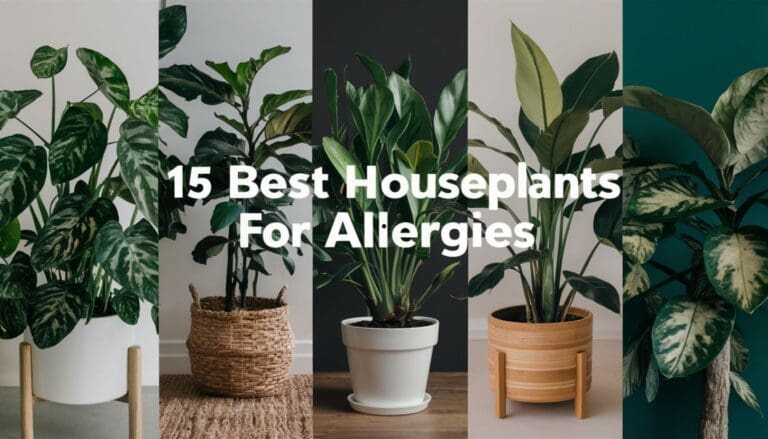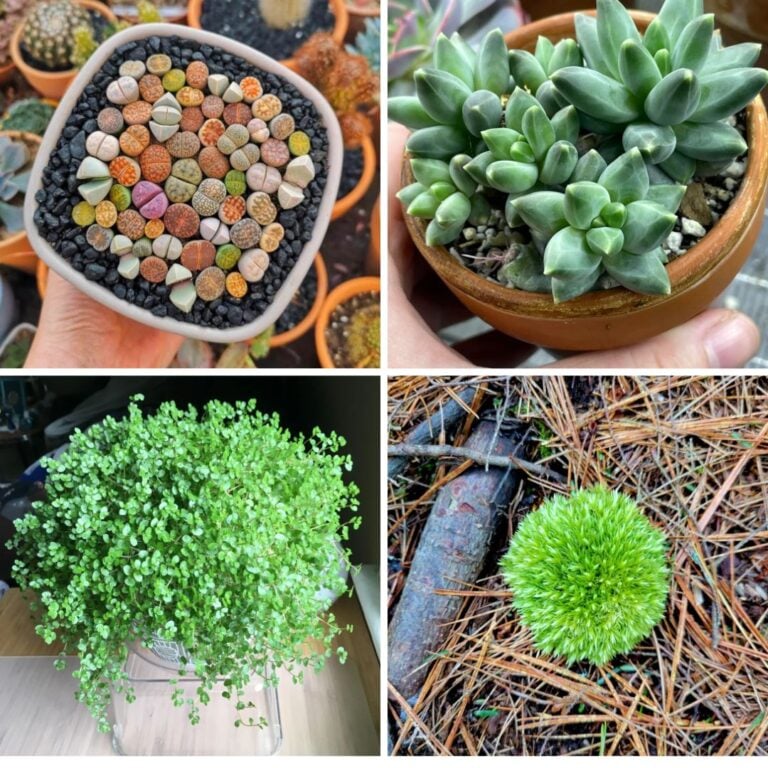3 Houseplants That Transition Beautifully from Fall to Winter
When the seasons shift, I’m always on the lookout for ways to make my home feel cozy and alive. Houseplants can really transform a space, especially when it’s cold and the days are short.
Some houseplants just keep looking great and brighten up my home from fall right through winter. Picking the right ones means I get fresh, green vibes indoors, no matter what’s happening outside.
Please note: Simplify Plants is reader-supported. As an Amazon Associate, I earn from qualifying purchases made by our readers with no extra cost added to you all! Some links in the post are affiliate links and I get a commission from purchases made through links in the post.
1) Snake Plant (Sansevieria)

I honestly love how the Snake Plant just fits anywhere as the seasons change. Those tall, upright leaves are such a nice pop of green in fall and winter.
Even when it’s dark and gloomy, this plant somehow manages with barely any light. It’s kind of amazing.
Snake Plants are seriously tough and don’t beg for attention. I only water mine when the soil is bone dry, which means I can forget about it for weeks and it’s totally fine.
One of my favorite things is that Snake Plants help clean the air. In winter, with all the windows closed, that’s a big plus—my room just feels fresher.
Snake Plants are champs with dry air. I don’t bother misting or setting up a humidifier. Those thick leaves store water inside, so I don’t stress if I skip watering for a bit.
When it gets chilly, I make sure to move my Snake Plant away from drafty windows and heaters. Just a few feet away from cold glass or vents does the trick.
Repotting isn’t something I do often. The roots take their time, so I wait until they’re poking out the bottom. Honestly, it seems to like being a little crowded.
Snake Plant looks stylish in any room. I’ll use tiny pots for my desk or a big one in the living room corner. No matter where, it stays tidy and upright.
With its easy care, this plant is a go-to for the colder months. Even after the pumpkins and leaves are gone, my Snake Plant keeps things lively.
2) ZZ Plant (Zamioculcas zamiifolia)

I keep coming back to ZZ plants because they just handle fall and winter like pros. Their waxy, dark green leaves always look fresh, even when daylight is in short supply.
On gray winter days, these plants really pop. ZZ plants barely need any care.
I don’t water them much, which is perfect when the air gets dry and I’m not thinking about plants as often. They’re drought-tolerant, so if I forget them for a week or two, it’s not a big deal.
I put my ZZ in medium or low light, and it still grows (albeit slowly). No need for direct sun, so cloudy windows aren’t a problem. It’s great for spots away from those bright windows.
Honestly, the ZZ plant is pretty much hands-off. I just wipe the leaves now and then to keep them shiny. Its upright shape fits nicely on a shelf or a small table.
I’m careful not to overwater, though. Too much water can mess up the roots. I let the soil dry out before giving it a drink. No fussing with humidity, either.
The ZZ plant is super tough and hard to kill, which makes me feel like a plant pro. Even as the seasons flip, those glossy leaves stick around and keep my place looking alive.
3) Pothos (Epipremnum aureum)

I can’t get enough of pothos for keeping things fresh as the seasons change. It stays green and healthy from fall to winter, and honestly, it doesn’t ask for much.
This plant is fine with lower light, which is a lifesaver when the days get short. I just put it near a window for some indirect sun, and it keeps growing—even when the light isn’t great.
Pothos isn’t fussy about cooler indoor temps. I just keep it out of cold drafts, and it’s happy. It adapts when I crank up the heat, too.
Watering is easy. I wait until the top inch of soil is dry before adding water. That helps avoid root rot, especially when the house is less humid in winter.
I love that pothos comes in all sorts of leaf colors—classic green, golden, or even white variegated. No matter which, it adds a bit of color wherever I put it.
Trimming the vines keeps it looking tidy. Sometimes I’ll root the cuttings in water to grow new pothos—it’s actually pretty fun to share them with friends.
Pothos helps clean the air too, which is nice when I can’t open the windows. Makes me feel like I’m doing something good for my space.
If I forget about it, pothos just bounces back. It’s super forgiving.
With its simple care and fresh look, pothos is definitely a favorite for fall and winter.
Creating the Ideal Indoor Environment
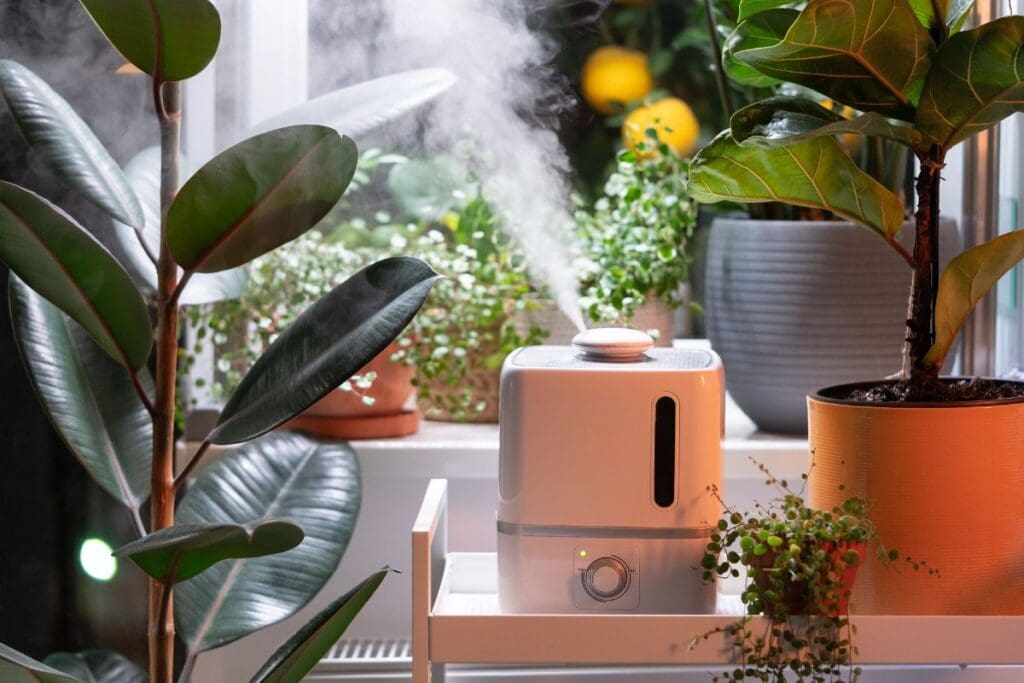
I try to help my houseplants thrive through the colder months by tweaking my care routine. Air moisture, temperature, and light all play a part.
Humidity and Temperature Adjustments
Dry indoor air is everywhere in fall and winter when the heat is on. I’ve noticed my plants do better when humidity is above 40%.
Sometimes I’ll use a mini humidifier, or just put a shallow tray of water nearby. Grouping plants together helps, too—they sort of create their own little microclimate.
I keep an eye on temperature as well. Most houseplants seem happy between 65°F and 75°F during the day, and not below 60°F at night.
I move plants away from cold windows, drafty doors, and heating vents. Big temperature swings can stress them out and lead to yellow leaves or slow growth.
Optimizing Natural Light During Shorter Days
Shorter days and weaker sunlight mean I shift my plants closer to the brightest windows. South-facing windows usually work best.
I’ll clean the glass and the leaves so more light gets through. If my plants start stretching or looking pale, I’ll throw in a grow light for a few extra hours.
I try not to let leaves touch cold glass—learned that the hard way. My goal is about 6 hours of bright, indirect light a day, even if the sun isn’t strong.
Maintaining Healthy Houseplants Through Seasonal Changes
I check in on my houseplants as the weather cools and the days get shorter. It’s funny, but even small changes in my routine help them make it until spring.
Adjusting Watering and Fertilizing Routines
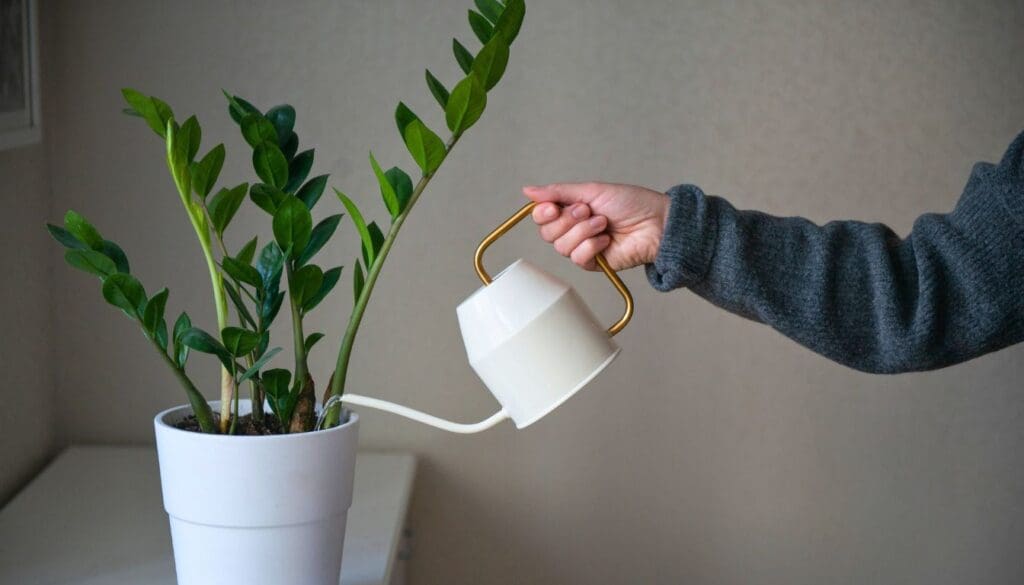
I’ve realized plants need less water in fall and winter since they’re not growing as fast. Overwatering is a quick way to run into trouble, so I let the soil dry out more between waterings.
Usually, I stick my finger about an inch into the soil—if it’s dry, I water. That’s it.
I also cut way back on fertilizer during these seasons. Most plants don’t need much when they’re not putting out new leaves.
If I do see new growth, I’ll use a diluted mix—maybe half strength.
Here’s a quick table for fall and winter care:
| Task | How Often |
|---|---|
| Watering | Every 1-2 weeks |
| Fertilizing | Once a month or less |
Recognizing Signs of Seasonal Stress
Sometimes my plants get a little grumpy as the seasons change. Leaf drop, yellowing, and wilting pop up now and then.
Usually, it’s not enough light or humidity. I move them closer to sunny windows, but keep them away from drafts.
Dry air is rough, so I’ll use a humidifier or set a tray of water nearby. If I see brown tips or leaves falling, I check for temperature swings or too much water.
Adjusting things quickly can help them bounce back and stay strong all winter. I try to pay attention to what my plants are telling me—leaves and growth patterns say a lot.
Frequently Asked Questions
I want houseplants that look bright and healthy, even when it’s cold out. Some are super low-maintenance and still look lively, and a few can even bloom indoors in winter.
You can even grow certain veggies inside when it’s freezing outside.
What are the best flowering indoor plants to brighten up cold winter days?
African violets, peace lilies, and Christmas cactus are fantastic. I’m also a fan of window-facing orchids for their long blooms in winter.
How should I care for my indoor plants during the cooler fall season?
In fall, I cut back on watering. Sunlight is key, so I move plants closer to windows. I double-check that heaters aren’t blasting right on the leaves.
Which hardy houseplants can withstand both fall and winter temperatures?
Snake Plant, ZZ Plant, and Pothos are my go-tos. They’re fine with low light and cooler rooms, and they rarely have problems even when temperatures shift.
Are there any all-year-round indoor plants that require minimal maintenance?
I can’t say enough about the ZZ Plant and Pothos. They forgive missed waterings and don’t need much light at all.
Snake Plant is also pretty much bulletproof—mine thrives in just about any spot.
Can I grow any vegetables indoors during the winter months?
Absolutely! I grow herbs like basil, mint, or parsley on my windowsill. Lettuce and small spinach also do well indoors with enough light.
A sunny spot or a little grow light really helps if you want the best results.
What type of fertilizer should I use for my indoor plants in winter to promote growth and blooms?
I usually reach for a balanced, water-soluble fertilizer in winter, but honestly, I only use it about once a month. Plants just aren’t as hungry when it’s cold and the days are shorter.
Too much fertilizer can actually do more harm than good during the slower months. Always check the label—seriously, it’s easy to overdo it without realizing.
Recommended Garden Supplies
| Product Image | Our Recommended Gardening Supplies | Check Offers! |
|---|---|---|
Top Top
Top
Top
Top
Top
Top
Top
Top | rePotme Houseplant and Tropical Classic Potting Soil Mix | Check Offer On Amazon |
 Top
Top
Top
Top
Top
Top
Top
Top | Espoma Organic Indoor Plant Food | Check Offer On Amazon |
 Top
Top
Top
Top
Top
Top
Top
Top | GooingTop LED Grow Light 6000K Full Spectrum Clip Plant Growing Lamp | Check Offer On Amazon |
 Top
Top
Top
Top
Top
Top
Top
Top | Soil Moisture Meter | Check Offer On Amazon |
 Top
Top
Top
Top
Top
Top
Top
Top | Govee Hygrometer Thermometer, Bluetooth Enabled! | Check Offer On Amazon |
 Top
Top | LEVOIT Humidifiers for Large Room(Best For Plants) | Check Offer On Amazon |
 Top
Top
Top
Top
Top
Top
Top
Top | Upgraded DIY Automatic Drip Irrigation Kit, 15 Potted Houseplants Support | Check Offer On Amazon |
 Top
Top
Top
Top
Top
Top
Top
Top | Stainless Steel Heavy Duty Gardening Tool Set | Check Offer On Amazon |
 Top
Top
Top
Top
Top
Top
Top
Top | Bonide Insecticidal Soap | Check Offer On Amazon |
 Top
Top
Top
Top
Top
Top
Top
Top | Bonide 32 oz Spray Neem Oil for Organic Gardening | Check Offer On Amazon |
 Top
Top
Top
Top
Top
Top
Top
Top | Garden Safe Fungicide | Check Offer On Amazon |

